In the age of keyless entry, remote start, and gesture-activated liftgates, it might surprise some drivers to learn that several vehicles—both older and some surprisingly recent—still require a manual key to unlock and open the rear hatch or trunk.
While most of today’s cars are moving toward advanced technology for convenience and security, not every model has fully embraced the trend.
In fact, there remains a subset of vehicles where the rear latch is only accessible by inserting a physical key, a feature that can catch modern drivers off guard.
This design element is more common in budget-friendly, utilitarian, or older vehicles where simplicity and cost savings were prioritized over convenience.
For drivers who are accustomed to the tap of a fob or the swing of a foot under a rear bumper to open a hatch, needing to manually insert a key into the latch can feel like a step back in time.
However, this setup still offers a level of reliability that electronic systems sometimes fail to provide, especially in extreme weather or battery failure scenarios.
Understanding which vehicles still require manual key use for the rear latch can help prospective buyers, used car shoppers, and enthusiasts make informed decisions.
It’s not just a question of convenience—it’s about accessibility, security, and in some cases, necessity. Whether you’re loading groceries or accessing tools, being aware of how your vehicle operates in this regard can save you time and hassle.
10 Cars With Rear Latches That Require Manual Key Use
In this article, we’ll explore ten vehicles—ranging from compact cars to SUVs and pickups—where manual key use is still required to open the rear.
Some are legacy models still widely available on the used market, while others are surprisingly recent and still in circulation. Each offers a unique look at how automotive design choices continue to balance tradition with technology.
Also Read: 5 Cars With Virtually Maintenance-Free Engines and 5 Constant Money Pits
1. 2005 Toyota Corolla
The 2005 Toyota Corolla, a stalwart in the compact sedan market, is renowned for its reliability, fuel efficiency, and no-nonsense design. However, one feature that clearly dates this vehicle is its rear trunk latch operation.
In this model, the trunk must be opened either by pulling the release lever located next to the driver’s seat or by inserting a physical key directly into the rear lock cylinder—a manual process that contrasts sharply with today’s electronic trunk releases.
For the base CE trim and even some mid-range LE models, keyless remote trunk access was either optional or simply not available.
This meant that unless you were sitting inside the car to use the trunk release lever, you had to walk to the rear and manually insert the key to unlock the trunk. It’s a feature that seems quaint by modern standards but was standard fare during that era.
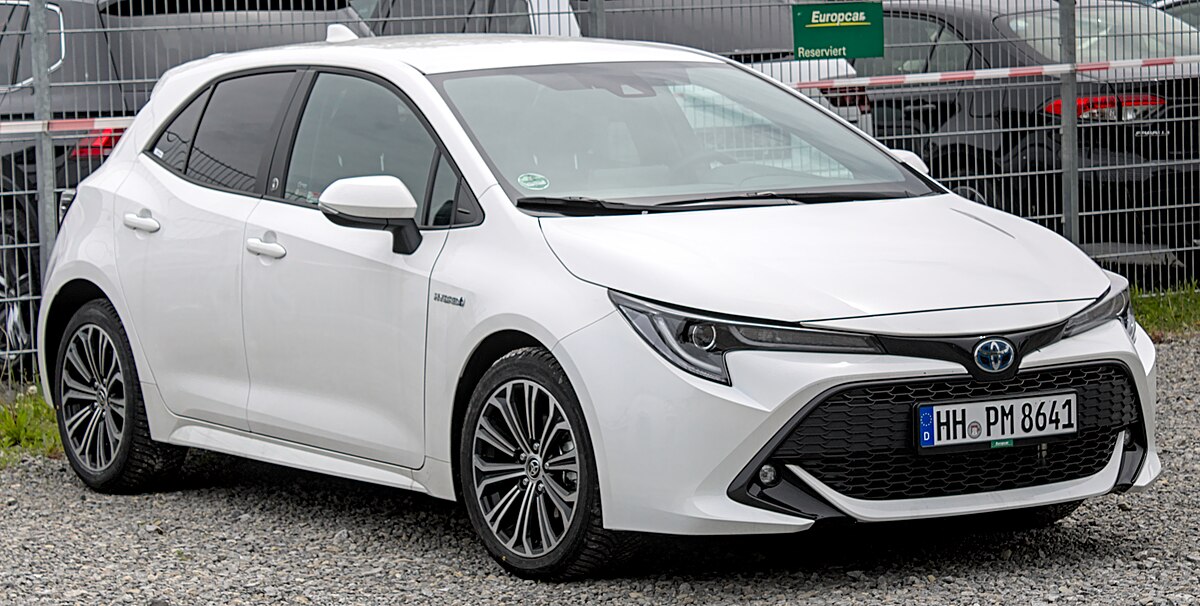
There is no electronic actuator for the rear latch in these models. The mechanism is purely mechanical, offering a tactile connection between the key and the locking system.
While this design has its inconveniences—particularly in bad weather or when your hands are full—it also offers a degree of simplicity and durability.
There are no electronic components to fail, and the lock mechanism is generally robust, requiring little maintenance beyond occasional lubrication.
One downside is accessibility. If the car battery is dead and you can’t use the central locking system, you’re forced to rely on that manual key—assuming you haven’t lost it.
Also, for many drivers transitioning from newer vehicles, the absence of a button on the fob or a touchpad release on the trunk lid can be an unexpected hassle.
Still, for buyers in the used car market seeking a budget-friendly, dependable commuter, the 2005 Corolla remains a popular choice. But they should be aware: opening the trunk means going old school—with a key in hand.
2. 2007 Honda Civic
The 2007 Honda Civic is widely regarded as one of the most reliable and fuel-efficient compact cars of its time. Known for its minimalist design and long-term durability, the eighth-generation Civic was a top pick for commuters and first-time buyers.
Yet, despite its strong reputation, it still retained some old-fashioned design elements—one of which is the reliance on a manual key for trunk access, especially in the more basic trims.
For most variants of the 2007 Civic, including the DX and LX trims, remote trunk release was either unavailable or offered only as part of an upgraded trim package.
Even then, remote access typically worked from inside the cabin through a lever located on the floor near the driver’s seat. If you approached the trunk from outside the car, you had to physically insert the key into the trunk lock cylinder to gain access.
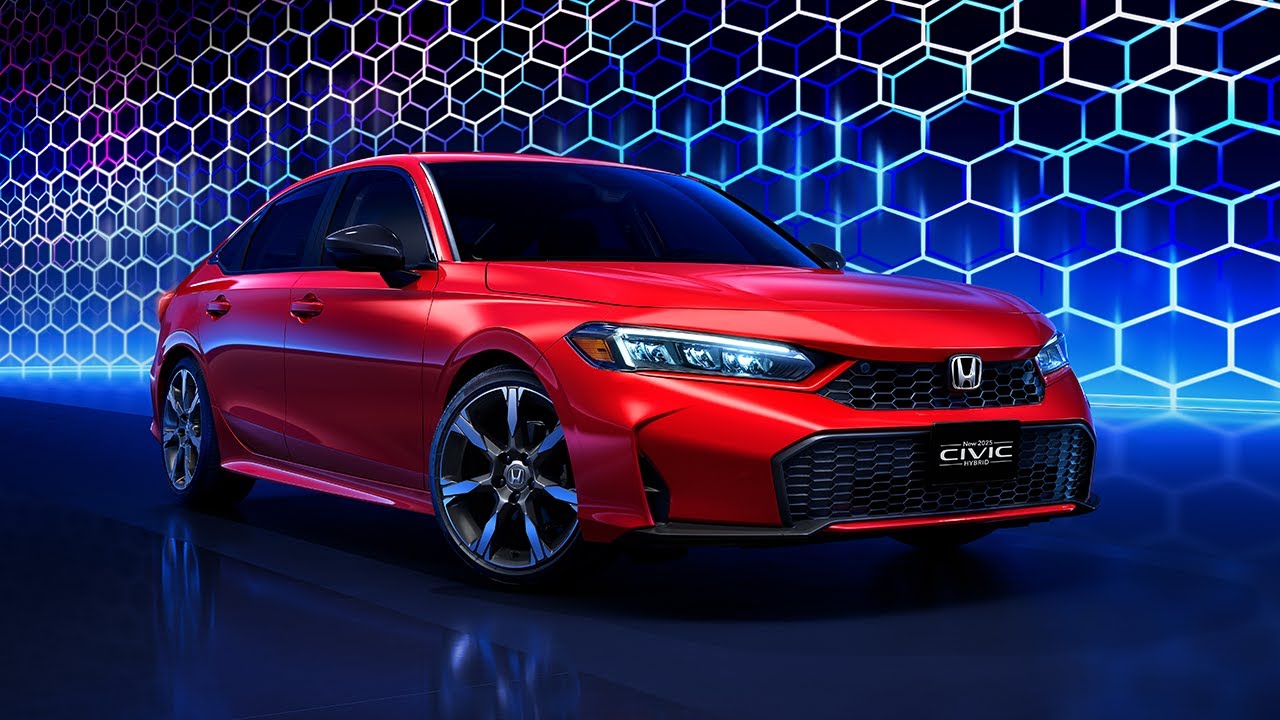
This feature could be particularly frustrating in real-world situations. For example, if your hands were full of groceries, or you were trying to access the trunk quickly in rain or snow, stopping to fumble with a key was far from convenient.
Unlike modern vehicles that include an exterior trunk release button hidden above the license plate or integrated into the logo, the 2007 Civic had no such convenience in its lower trims.
However, this setup wasn’t without its advantages. Since the trunk latch system was entirely mechanical, it offered bulletproof reliability. Electrical failure—whether due to a drained battery or a malfunctioning trunk switch—was never an issue.
So long as you had your physical key, you could always access your trunk, regardless of power conditions.
The 2007 Civic did feature central locking, which secured the trunk along with the doors when locked via the key. But unlocking the trunk without unlocking the rest of the vehicle still required manual interaction with the rear lock.
For drivers seeking a dependable but slightly outdated compact car, the 2007 Civic delivers—but they’ll need to keep that key handy if they want to get into the back.
3. 2010 Ford Ranger
The 2010 Ford Ranger represents the final years of the compact pickup truck’s original U.S. run before its later revival. It was designed with simplicity, durability, and affordability in mind—traits that endeared it to tradespeople, fleet operators, and outdoor enthusiasts alike.
However, this straightforward philosophy also meant omitting some modern conveniences, including remote or electronic tailgate operation. On most 2010 Ford Rangers, the tailgate can only be opened by inserting a manual key into the rear latch lock.
Unlike cars or SUVs, which often feature remote trunk release or powered liftgates, pickups like the Ranger typically come with basic tailgate mechanisms. In the case of the 2010 model, the tailgate lacks any powered components whatsoever.
On certain trims, the tailgate was even lockable only with an optional accessory; otherwise, it could be opened freely when the truck was unlocked. However, models equipped with a tailgate lock required manual key insertion to operate it.

This means that if you wanted to secure the bed contents or use a tonneau cover or shell, you were reliant on the manual lock cylinder to keep things secure.
There was no button on the key fob to pop the tailgate, no electronic handle, and no hidden switch. You had to walk up, key in hand, and unlock the tailgate manually—every time.
This approach did provide peace of mind in terms of security, as there were fewer components that could fail. However, it also posed challenges for convenience.
If your keys were buried in your pocket or toolbox, or you were in a rush to unload gear, the need to stop and manually unlock the tailgate added friction to your routine.
Even as newer trucks started to include remote tailgate locks and dampened drop mechanisms, the 2010 Ranger remained a stronghold of utilitarian design.
It’s a reminder that this era of truck was built for toughness—not tech. If you drive one today, your tailgate is secure—but only if you’ve got the key.
4. 2006 Chevrolet Malibu
The 2006 Chevrolet Malibu marked a transitional phase in GM’s mid-size sedan lineup. It attempted to offer more style, performance, and features compared to previous generations, yet it retained several old-school elements—one being the requirement for a manual key to open the trunk in many trims.
While certain versions offered remote trunk release via a button inside the cabin or on the key fob, the lower-trim models often lacked this functionality, leaving drivers with the only option of unlocking the trunk using a physical key.
On base trims like the LS or fleet variants, the trunk mechanism was straightforward and entirely mechanical. There was no external push-button to open the trunk when the car was unlocked.
Instead, the only method—short of using the cabin release—was to insert the key directly into the lock cylinder located on the rear of the trunk. That may seem archaic by today’s standards, but at the time it was a cost-saving measure.
This design had practical implications. For instance, if you were approaching the trunk from behind and didn’t want to open a door first, you’d need to retrieve your key, insert it, and manually turn it to access the cargo area.

If your hands were full or it was raining, this could be a major inconvenience. Similarly, if your key fob battery died or was misplaced, there was no electronic fail-safe—you had to use the key.
However, this setup also came with an unexpected advantage: simplicity. The trunk lock mechanism was rugged and less prone to failure than early electronic actuators. If your Malibu’s battery died or its electronics malfunctioned, you could still access your cargo without issue—so long as you had your key.
In today’s world of smart keys and automatic everything, the 2006 Malibu serves as a reminder of an era where basic functionality was the norm.
Though reliable and easy to maintain, its trunk design demands some manual effort—making it a notable entry on this list of cars with rear latches that require a key.
5. 2008 Subaru Outback
The 2008 Subaru Outback blends rugged utility with family-friendly comfort, making it one of the most popular all-wheel-drive wagons of its time.
Designed for drivers who valued practicality, safety, and off-road capability, the Outback offered a compelling package—but even in this feature-rich vehicle, the rear hatch was something you often had to open the old-fashioned way: with a key.
While upper trims like the LL Bean Edition or Limited variants may have included remote central locking that covered the rear hatch, many base and mid-level trims still required manual key use for full rear access.
That means unless you were inside the car and used the power door locks or the internal release lever, you’d have to insert the key into the hatch’s lock cylinder to open it.
This was especially common on earlier-generation Subarus, which were designed more with functionality than flair. The keyhole sat prominently on the liftgate, and the unlocking process was purely mechanical.
In snowy climates or when the lock was frozen or dirty, this could add time and frustration to your routine. Additionally, the need to use a key every time from the outside stood in contrast to the vehicle’s otherwise convenient layout.
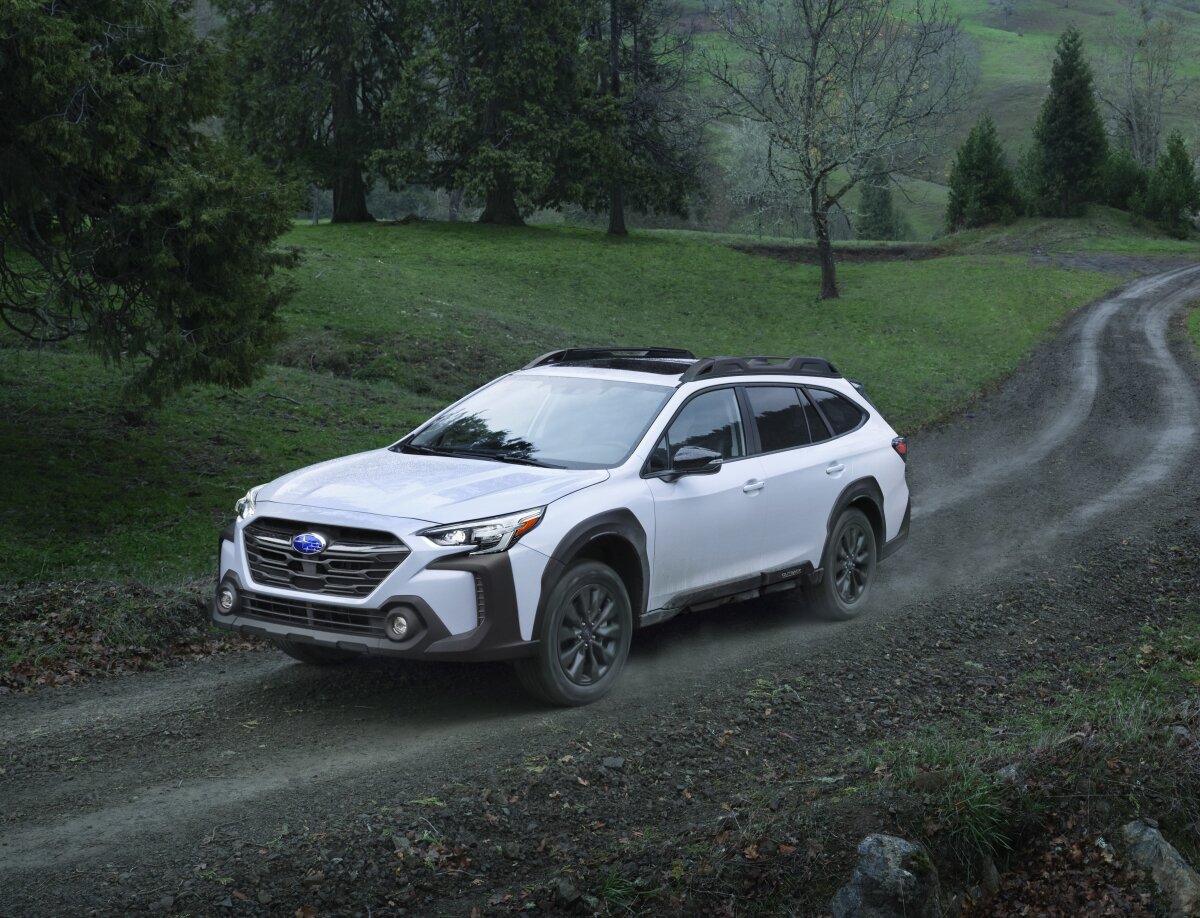
It’s also important to note that the rear hatch did not feature any electronic soft-touch sensors or power lifts. Everything was manual—open, close, and lock.
For those carrying camping gear, sports equipment, or groceries, having to stop and unlock the hatch by key added an extra step, particularly if the central locking didn’t respond.
Yet for all its inconvenience, this system had its strengths. It was immune to many of the issues that plagued early power liftgates—such as sensor misalignment or actuator failures.
The manual lock provided dependable security and easy access even when electronics failed, which is part of why many Subaru fans appreciate the simplicity of older models like this one.
In a market now flooded with sensors and touch-free tech, the 2008 Outback’s rear hatch reminds us that sometimes the most reliable system is also the most manual.
6. 2009 Jeep Wrangler
The 2009 Jeep Wrangler is an icon of ruggedness, off-road ability, and utilitarian design. Built with a focus on durability over convenience, the Wrangler has long catered to adventurers, campers, and off-road enthusiasts who value function above frills.
This practicality extends to its rear cargo door, which—true to Jeep’s no-nonsense reputation—requires the use of a manual key to unlock in most trims of this model year.
The Wrangler’s rear hatch is actually a two-part system: a swing-out tailgate and a flip-up glass window. The tailgate holds the full-size spare tire, and the glass window is attached to the hardtop. To access the rear cargo area, the tailgate must be unlocked first.
In the 2009 Wrangler, particularly in the Sport and X trims, the tailgate lock is mechanical. There is no electronic remote function for the tailgate latch unless the vehicle is equipped with an aftermarket system or an upgraded factory alarm with power locks—which weren’t standard on most trims.
This design choice reflects Jeep’s emphasis on simplicity. The rear latch is accessible only by inserting the key into the lock cylinder embedded in the tailgate. There’s no hidden release button or touch sensor.
For owners used to modern SUVs with power liftgates, this method can seem cumbersome. Still, for Wrangler drivers, it’s all part of the package—a vehicle built for trail readiness rather than luxury.
Interestingly, the manual key mechanism provides several advantages in rugged or remote environments.
There’s no dependency on battery power to open the hatch, and the tailgate lock is sturdy, resistant to environmental damage, and generally immune to the failures that sometimes plague electronic systems in rough conditions.

However, daily usability takes a hit, especially when your hands are full or you’re trying to quickly load gear. In freezing temperatures, the key lock can stick, and without remote entry, you’ll need to scrape off ice or snow just to get inside the rear.
Still, Wrangler fans tend to accept these limitations in exchange for the model’s enduring toughness.
In an increasingly high-tech automotive landscape, the 2009 Jeep Wrangler keeps it old school, and nowhere is that more evident than in the keyed tailgate latch—a minor inconvenience for those who prioritize off-road capability over gadgetry.
7. 2003 Hyundai Elantra
The 2003 Hyundai Elantra is a compact sedan that helped shape Hyundai’s rise from budget brand to mainstream contender. During the early 2000s, Hyundai vehicles focused on value, offering basic transportation with a solid list of standard features.
However, certain conveniences that are now considered essential—like remote trunk access—were still missing on lower trims of this model. For many 2003 Elantras, unlocking the trunk required using a traditional metal key.
This reliance on manual entry was particularly common in the base GLS model, which lacked key fob trunk release or interior electronic trunk switches.
The only ways to access the trunk were to insert the key into the trunk lock cylinder or to pull the mechanical release lever located inside the vehicle near the driver’s seat.
There was no exterior button, no touch sensor, and no actuator to assist with opening or closing the lid.
While some higher trims or later models introduced limited remote functions, many 2003 Elantras required you to walk to the back of the car and use a key each time. For drivers upgrading from an older car, this may have felt familiar.
But for anyone used to convenience features, it added a step—especially in situations where the trunk needed to be opened quickly or while carrying bags.
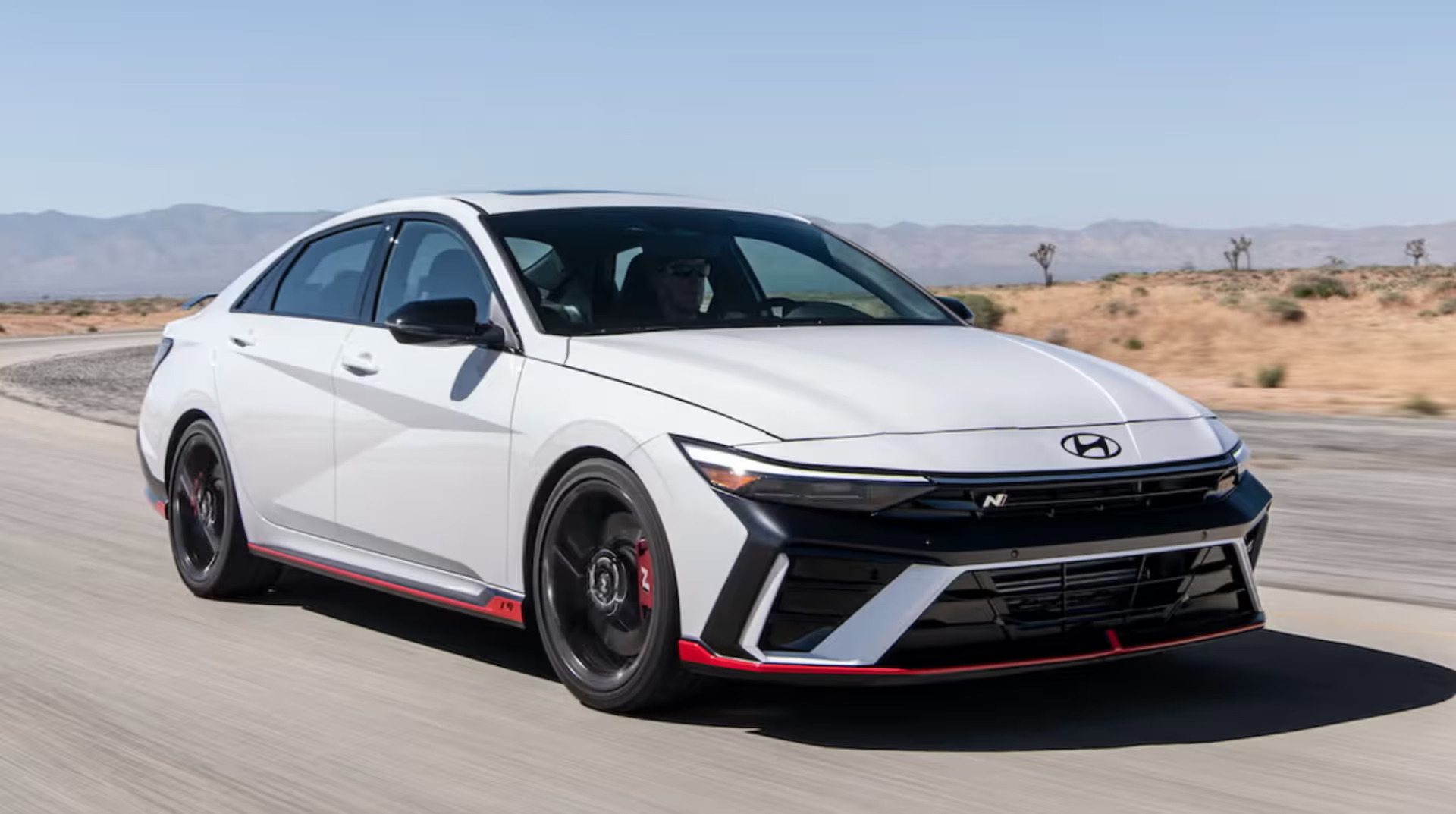
From a reliability standpoint, however, the manual key setup offered advantages. There were no electronic components to wear out or fail, and the simplicity of the system made it easy to repair or replace if necessary. In the event of a battery failure, the trunk was still accessible without issue.
The trunk lock itself was centrally located and easy to use, but during winter months, it could freeze shut—something drivers in colder climates had to contend with. Keeping the lock lubricated and carrying de-icer became part of regular maintenance for some Elantra owners.
In retrospect, the 2003 Hyundai Elantra was a dependable and economical vehicle, but its trunk operation was firmly rooted in the past. For those considering a used model, it’s a small but notable detail: be prepared to keep that key ready when heading to the back.
8. 2011 Nissan Frontier
The 2011 Nissan Frontier is a midsize pickup known for its capable powertrain, straightforward construction, and rugged charm.
Designed for utility and long-term reliability, the Frontier catered to drivers looking for a tough workhorse rather than a tech-laden luxury truck.
That philosophy is clearly evident in its tailgate operation, which, in most trims of this model year, still required a manual key to unlock.
Unlike modern pickups that offer remote tailgate locks, dampened opening mechanisms, or even powered lift features, the 2011 Frontier sticks to basics. The tailgate, a traditional drop-down panel, includes a lock cylinder that must be manually operated with a key to secure or access the truck bed.
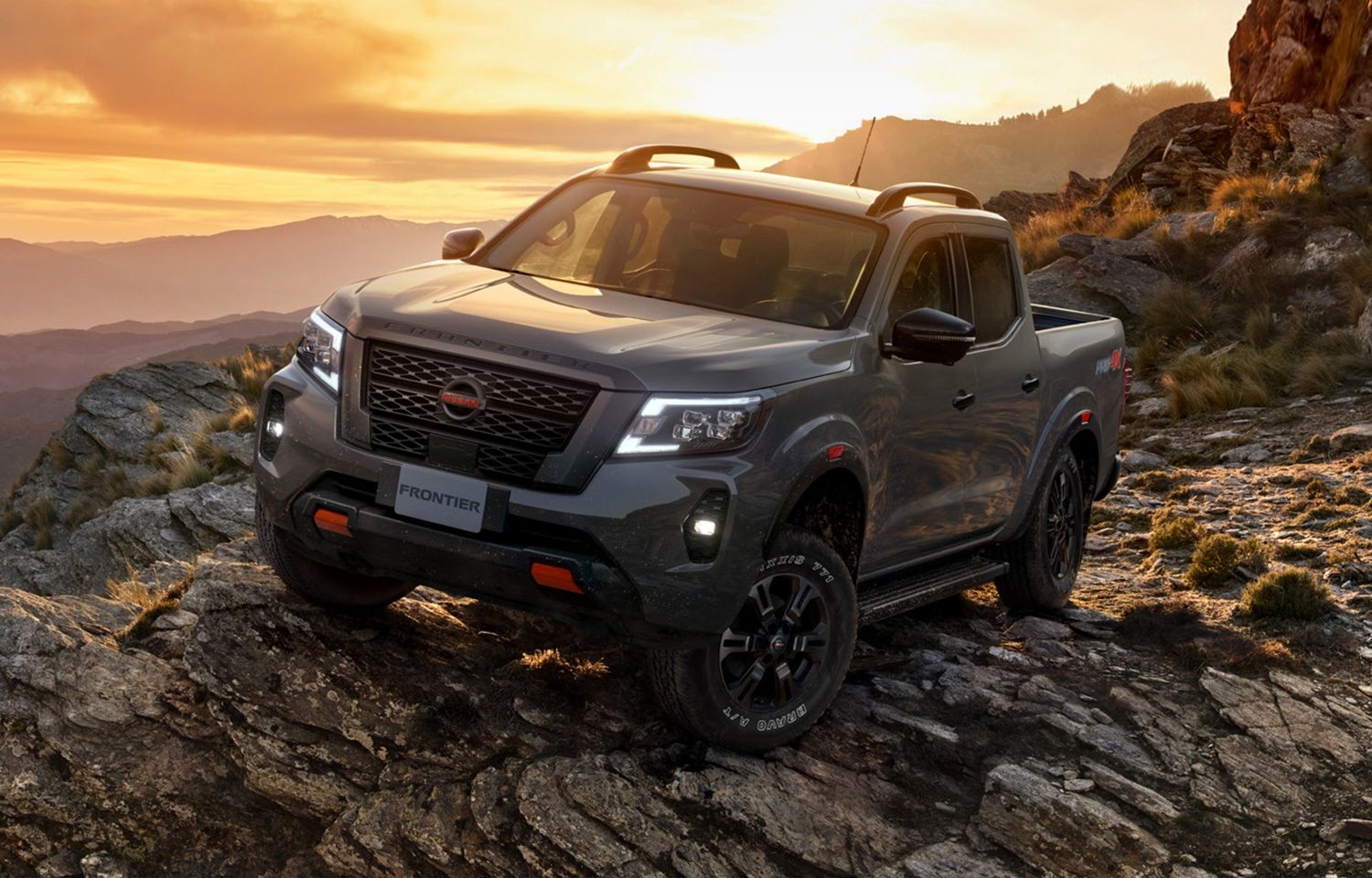
There is no tailgate button on the key fob, nor is there an electronic actuator. It’s a strictly mechanical system, found across both the King Cab and Crew Cab configurations.
This setup means that even if you unlock the vehicle’s doors using the remote, the tailgate remains independently locked unless you insert and turn the key.
For users who frequently store tools, gear, or supplies under a tonneau cover or camper shell, this can become a routine—but tedious—task. On the flip side, it offers peace of mind.
The absence of electronic components means fewer potential failure points, and the tailgate remains secure even if the truck’s battery dies or the remote fails.
However, there are convenience tradeoffs. Imagine finishing a job with your hands full, approaching the truck bed, only to realize the tailgate is locked—and the key is in your jacket pocket or toolbox. It adds time and frustration to an otherwise simple action. Furthermore, in poor weather conditions, frozen or dirty locks can complicate access.
Still, for drivers prioritizing durability and function, the 2011 Frontier delivers. Its tailgate locking system may be outdated by current standards, but it’s reliable and easy to maintain. Just keep the key within reach—you’ll need it if you want to load or unload in a hurry.
9. 2004 Volkswagen Jetta
The 2004 Volkswagen Jetta, part of the Mk4 generation, struck a balance between European refinement and compact affordability. It was stylish, sporty for its class, and offered a quality interior that felt more upscale than many of its competitors.
Yet, despite its modern appearance and solid feature set, the Jetta retained a surprisingly analog feature: a manual key-operated trunk, especially in its lower trims.
On the GL and GLS models, the trunk could be accessed from inside the cabin via a release lever located near the driver’s seat.
However, if you were approaching the car from the outside, you often had to use the physical key to unlock the trunk directly, particularly if the car had been locked using the central locking system.
While some models offered a trunk-release button on the key fob, it wasn’t universally equipped, and mechanical access remained the default method.
Volkswagen did include a somewhat clever trunk lock mechanism that allowed for “valet mode,” which disabled the interior trunk release to keep the cargo area secure.

To enable or disable this, you had to use the physical key—a small but thoughtful detail that reflected the car’s security-minded design. Still, this added another layer of reliance on manual access.
From a daily use perspective, this meant drivers often had to fumble with a key to get into the trunk—an inconvenience in rain, cold weather, or when hands were full.
And if the central locking system malfunctioned (a not-uncommon issue in older VWs), using the key was often the only consistent way to access the rear cargo area.
On the upside, the purely mechanical nature of the trunk lock meant it was reliable and durable. There were no fragile actuators or sensors to worry about, and in a pinch—such as during a battery failure—the trunk could still be accessed.
For those buying a used 2004 Jetta today, that feature may feel archaic, but it’s a reminder of the era when keys still ruled.
All in all, the 2004 Jetta offered solid practicality with a touch of European flair, but don’t expect the convenience of touch-free trunk entry. It’s a car that will make you appreciate the simplicity—and necessity—of a good old-fashioned key.
10. 2012 Chevrolet Express Van
The 2012 Chevrolet Express Van is a no-frills workhorse designed for commercial use, cargo hauling, and fleet utility. As a purpose-built vehicle aimed at businesses rather than personal users, the Express prioritizes durability and capacity over creature comforts.
One of the more telling signs of its utilitarian nature is how the rear cargo doors operate. Most configurations require a physical key to unlock and access the rear—manual, old-school, and absolutely deliberate.
Unlike consumer vehicles that transitioned to power liftgates and remote unlocking during the early 2010s, the Express remained stubbornly traditional.
Whether you’re dealing with the 1500, 2500, or 3500 model, the rear doors—swing-out panels designed for wide opening—feature a key cylinder that must be manually turned to unlock.
Even if the van has central locking for the driver and passenger doors, the rear doors typically remain separately keyed and operated.
In a business context, this makes a certain amount of sense. Physical locks are durable, cost-effective, and less prone to electronic failure.
When a fleet vehicle is being used by multiple employees throughout the day, it’s critical that the access system is consistent and doesn’t require electronic fobs or complex tech. The manual key ensures access is always possible, regardless of battery status or vehicle electronics.
That said, the convenience factor takes a definite hit. If you’ve got armloads of boxes or heavy equipment and find the rear doors locked, you’re forced to stop, dig out the key, and manually unlock them—one side at a time.
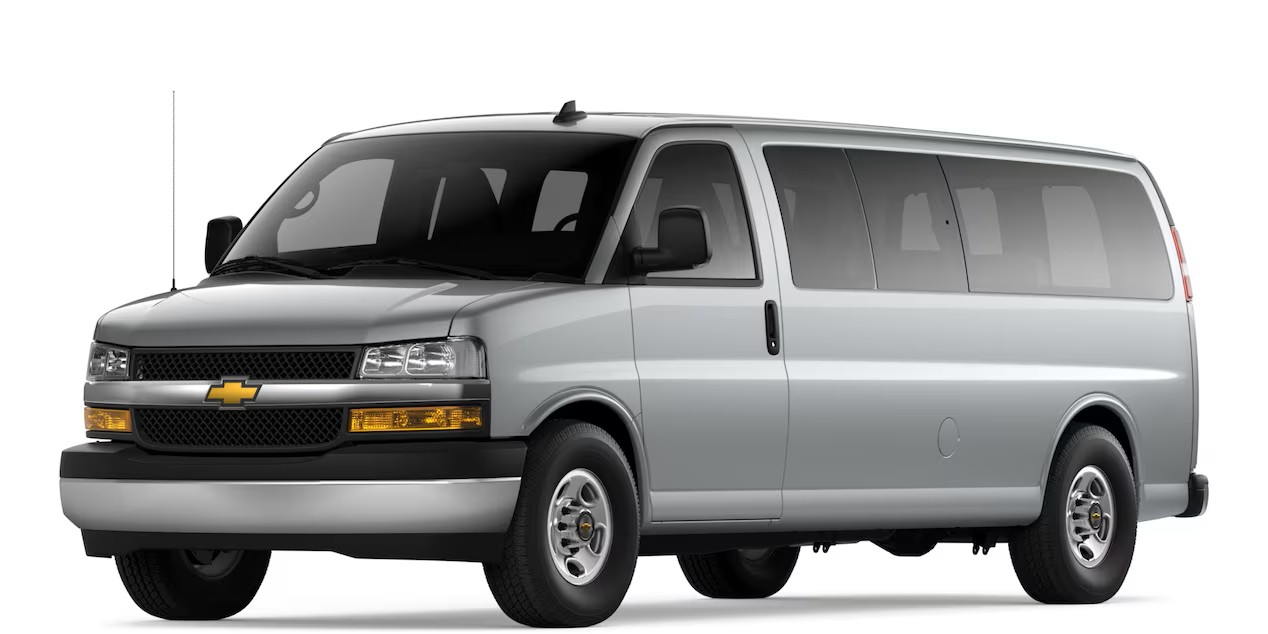
In poor weather, this process can be especially tedious. And while you could theoretically leave the back unlocked for ease of access, doing so could compromise security.
Ultimately, the 2012 Chevrolet Express is built for hard work, not high-tech appeal. Its manually operated rear doors are a reminder of this van’s singular mission: to haul and deliver without distractions.
For commercial users, the key-operated rear latch is dependable. For modern drivers used to smart keys and powered hatches, it’s a clear throwback—but one that gets the job done every time.
As we’ve explored throughout this article, the necessity of a manual key to operate rear latches and trunks is a feature that many modern drivers may find inconvenient in today’s age of high-tech, remote-controlled vehicles.
However, these cars, trucks, and vans represent a snapshot of an era where convenience was often secondary to simplicity, durability, and cost-effectiveness.
Whether it was the rugged reliability of the 2009 Jeep Wrangler or the workhorse nature of the 2012 Chevrolet Express Van, the use of physical keys to access the trunk or cargo area was a practical solution for many drivers at the time—especially those whose needs leaned more toward functionality than luxury.
What stands out across these 10 vehicles is how they reflect different philosophies in automotive design.
On one hand, you have vehicles like the 2003 Hyundai Elantra and 2007 Honda Civic, which, despite being compact and commuter-friendly, still relied on manual trunk latches.
This design choice was likely influenced by a combination of budgetary considerations and the desire to offer a basic yet reliable experience.
On the other hand, you have models like the 2011 Nissan Frontier and the 2008 Subaru Outback, where the focus was on practicality, utility, and ease of maintenance.
In both cases, the lack of remote trunk release or power tailgates was less about cutting corners and more about emphasizing a straightforward, no-nonsense approach to vehicle design.
Even in vehicles that were more geared toward luxury or consumer comfort—like the 2004 Volkswagen Jetta or the 2006 Chevrolet Malibu—manual trunk access was still present in certain trims, especially in models that were positioned as entry-level options.
This was indicative of a time when car manufacturers often differentiated their vehicles based on trim levels, with more advanced features reserved for higher-end models.
The lack of powered or remote trunk operations was simply one of those distinguishing factors that buyers had to contend with.
For buyers of these older vehicles today, the use of a manual key for rear latches may be a minor inconvenience, but it serves as a testament to the simplicity and reliability of these models. It also provides an opportunity for reflection on how far automotive technology has come in the past two decades.
Keyless entry, powered liftgates, and smart trunk functions are now common features in many vehicles, particularly as the focus shifts toward convenience, security, and ease of use.
Ultimately, while some drivers may be frustrated by the need to keep a physical key handy for accessing the trunk or rear hatch, it’s important to recognize that these systems were designed for longevity and practicality.
The fact that many of these vehicles still run reliably today is a testament to their engineering and build quality.
Whether you’re driving an older 2006 Honda Civic or a 2011 Nissan Frontier, these cars and trucks offer a valuable lesson in the importance of simplicity and the enduring reliability of basic mechanical systems.
In conclusion, the cars, trucks, and vans discussed here demonstrate how features once considered essential can evolve—or in some cases, be phased out—in response to changing consumer demands and technological advancements.
And while remote access and automatic systems are now more common, the manual key-operated rear latch remains a symbol of a bygone era in automotive design, representing a time when simplicity and dependability were paramount.

